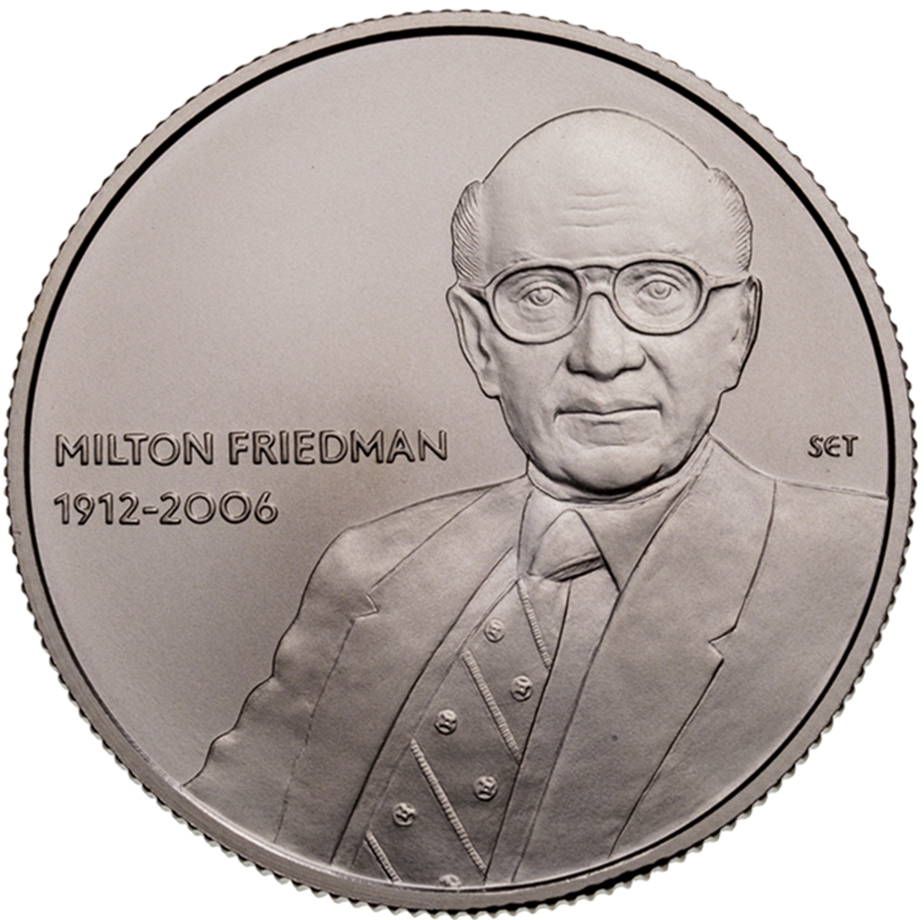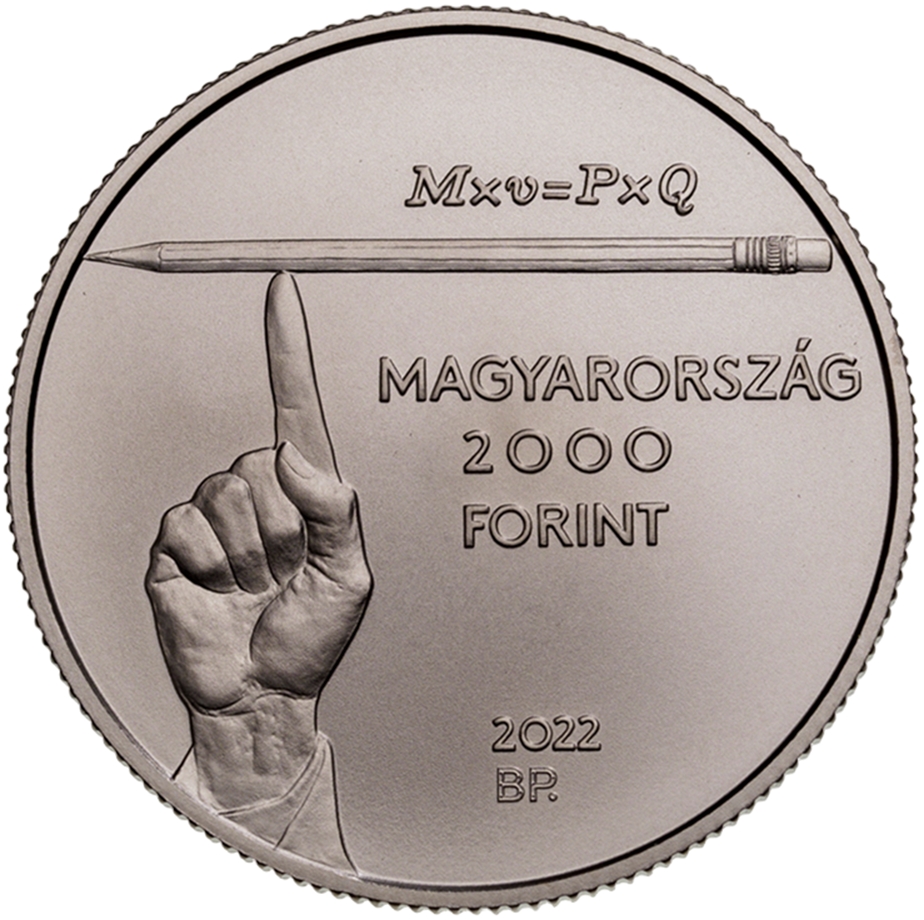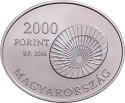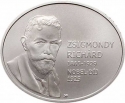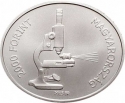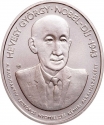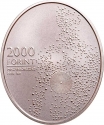You are about to finish your registration. Please check your mailbox (including spam folder). There should be a letter with a confirmation link. Check setting to make sure that your e-mail address is correct.
Send letter againDescription
Milton Friedman (1912–2006), one of the most influential economists of the 20th century, was born in New York to Hungarian immigrants. He made significant contributions to both theoretical and applied economics, initiating the monetarist movement and founding the Chicago school.
Friedman served as an advisor to several U.S. presidents, known for his sharp intellect and clear communication style, which helped popularize economic concepts among policymakers and the public. He championed the wealth-generating power of free markets and challenged the dominant Keynesian economic policies of the 1940s-60s. His views gained prominence during the oil crises of the 1970s, leading to a paradigm shift in economics and policy. In 1976, he was awarded the Nobel Memorial Prize in Economic Sciences for his work on consumption analysis, monetary history and theory, and the complexity of stabilization policy.
Friedman's ideas had a profound impact on economic policy and academic thought, solidifying his legacy as one of the most influential economists of the 20th century.
Engraver: Tamás E. Soltra
Obverse

|
Depicts a half-length portrait of Milton Friedman. To the left of the portrait, in two lines, the inscriptions "MILTON FRIEDMAN" and the years of Milton Friedman's birth and death, "1912–2006," are visible. At the bottom right edge, the engraver's privy mark is placed in the center. MILTON FRIEDMAN |
|---|---|
Reverse

|
Depicts a hand balancing a pencil. Above the depiction of the pencil, the formula central to Friedman's reinterpretation of quantitative monetary theory, describing the equation of exchange, "M×v=P×Q," is visible. In three lines below the depiction of the pencil, the inscriptions "HUNGARY", the denomination, and "FORINT" are placed. Slightly below, in two lines, the issuance year "2022" and the mint mark "BP." are featured. Mxv=PxQ |
| Edge |
2000 Forint
Hungarian Nobel Prize Winners
Milton Friedman
Subscribe series
Adamo# EM459
Hungarian Nobel Prize Winners
Milton Friedman
Characteristics
| Type | Commemorative Issue (Non-circulating) |
| Material | Copper Nickel |
| Weight | 30.8 g |
| Diameter | 38.61 mm |
| Thickness | - |
| Shape |
|
| Alignment | Medal |
| Mint |
Budapest Mint (BP)
|
